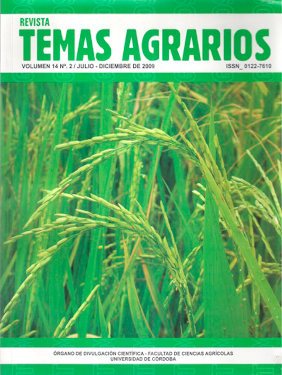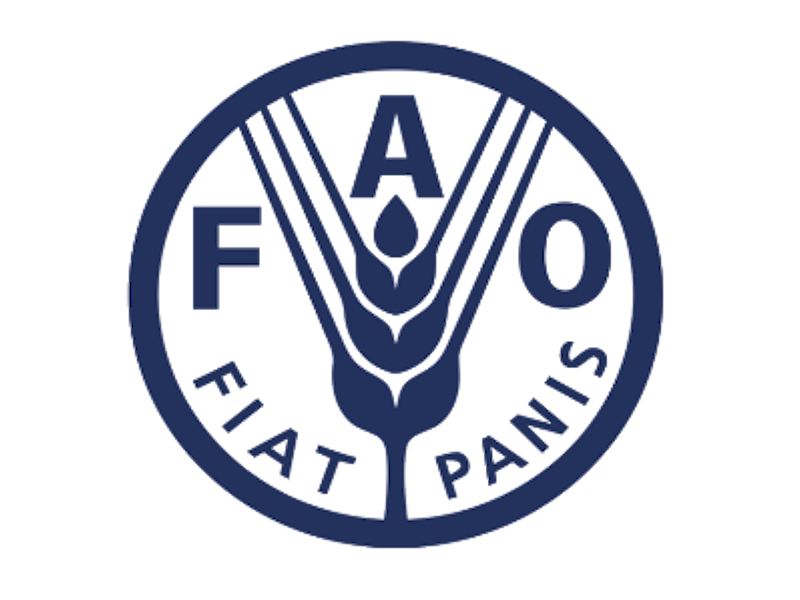Bioconversion of xylitol to xylose by Candida guilliermondii using rice (Oriza sativa) husk.
Bioconversión de Xilosa a Xilitol por Candida Guilliermondii Empleando Cascarilla de Arroz (Oriza sativa).
How to Cite
Herazo, I., Ruiz, D., & Arrazola Paternina, G. S. (2009). Bioconversion of xylitol to xylose by Candida guilliermondii using rice (Oriza sativa) husk. Sour Topics, 14(2), 23-32. https://doi.org/10.21897/rta.v14i2.673
Dimensions
license

This work is licensed under a Creative Commons Attribution-NonCommercial 4.0 International License.
Show authors biography
Article visits 1553 | PDF visits
Downloads
Download data is not yet available.
- Aguiar, W., Faria, L., Araujo, O. y Pereira, N. 2002. Growth model and prediction of oxigen transfer rate as a function of inoculum size for Xylitol production from D-xylose for Candida gilliermondii. Biochemical Engineering Journal 12(1):49-59.
- Fennema, O. 1993. Química de los alimentos. Editorial Acribia S.A., Zaragoza, p23-24.
- Keikhosro, K., Shauker, K. y Mohammad, J. 2006. Conversión of rice straw to sugars by dilute-acid hydrolysis. Biomass and Bioenginnering (30):247-253.
- Mäkinen, K. 2000. Can the pentitol-hexitol theory explain the clinical observation made with xylitol. Medical hypotheses (54):603-613.
- Martínez, E., Villarreal M., Almeida, J., Solenzal, A., Canilha, L. y Mussato, S. 2002. Uso de diferentes materias primas para la producción biotecnológica de xilitol. Ciencia y Tecnología Alimentaria 3(5):295–301.
- Mussato, S. y Roberto, I. 2004. Kinetic behavior of Candida guilliermondii yeast during xylitol production from highly concentrated hydrolysate. Process biochemistry 39:1433–1439.
- Mussatto, S., Dragone, G. y Roberto, I. 2005. Influence of the toxic compounds present in brewer’s spent grain hemicellulosic hydrolysate on xylose-to-xylitol bioconversion by Candida guilliermondii. Process Biochemestry 40:3801-3806.
- Parajo, J., Domínguez H. y Domínguez J. 1998a. Biotechnological production of xylitol. Part 3: operation in culture media made from lignocellulose hydrolysates. Bioresource Technology 66:25-40.
- Roberto, I., Mussatto, S. y Rodríguez, R. 2003. Dilute-Acid Hydrolysis for Optimization of Xylose Recovery from Rice straw in a Semi-Pilot Reactor. Industrial Crops And Products 17:171-176.
- Sampaio, F., Mantovani, H., Passos, F., De Moraes, C. y Converti, A. 2005. Bioconversion of D-xylose to Xylitol by Debaryomices hansenii UFV-170. Process Biochemistry 40(11):3600-3606.
- Santos, J., Carvalho, W., Silva, S. y Converti, A. 2003. Xylitol production from sugarcane bagasse hydrolysate in fluidized bed reactor, effect o air flowrate. Biochemical Engineering Journal 25:25-31.
- Silva, C. y Roberto, I. 2001a. Optimization of xylitol production by Candida guilliermondii FTI-20037 using response surface methodology. Process Biochemestry 36:1119-1124.
- Silva, C. y Roberto, I. 2001b. Improvement of xylitol by Candida guilliermondii FTI 20037 previously adapted to rice straw hemicellulosic hydroliysate. Applied Microbiology 32(4):248-252.
- Silva, C., Mussatto, S. y Roberto I. 2005. Study of xylitol production by Candida guilliermondii on a bench bioreactor. Journal of Food Engineering 75:115–119.
- Timothy, D. y Bruce S. 1999. Xylitol production from corn fibre hydrolyzates by a two-stage fermentation process. Process Biochemestry 35:765-769.
- Yufera E. 2002. Tecnología de Cereales. Editorial Acribia, Zaragoza, 337p.




















